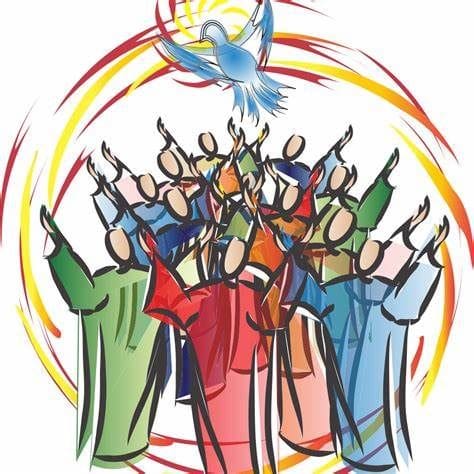
- This event has passed.
Advent Begins
December 1 @ 8:00 am - 5:00 pm

The Advent Wreath
There are a handful of observed traditions during the Advent season, from liturgical colors to music and decorations. As a matter of fact, one of our most common Christmas decorations originates from the Advent season.
The Advent wreath was a concept started by 16th century German Lutherans. It took nearly three centuries for the modern Advent wreath to come about. The wreath we know today is surrounded by candles which represent each celebrated Sunday of the season. German Pastor Johann Hinrich Wichern is behind the concept. In 1839, he proposed the lighting of Advent candles would teach children patience as they eagerly awaited the coming of Christmas.
The wreath is traditionally made of fir branches dotted with pine cones, laurel, holly, and mistletoe, and decorated with a red ribbon. The shape of the wreath, like that of a crown, represents victory.
The four candles along the outside of the wreath represent the four Sundays before Christmas. They also represent the four cardinal virtues—prudence, justice, temperance, and fortitude. Finally, they represent the four seasons of the year.
The fir tree symbolizes strength, and its green color represents hope. Laurel is a sign of victory over sin, and, because neither it nor holly drops its leaves, this represents the eternity of God.
In early days, the Advent wreath was kept on a table in the center of the house for all to enjoy. Many households still uphold this tradition.
Liturgical Colors for Advent
Violet is the traditional liturgical color of Advent, though some Christian denominations use blue.
On Gaudete Sunday, the third Sunday of Advent purple (the color for penance) is replaced by rose. Gaudete is the Latin word for “rejoice” and rose is a color representing joy. It takes precedent over purple when the otherwise somber mood of Advent is overridden by the joyous anticipation of the Lord’s Second Coming.
The Four Sundays
Each Sunday of Advent represents a different theme.
The First Sunday, known as Advent Sunday, represents the anticipation of the Second Coming.
The Second Sunday recalls the teachings of John the Baptist, who speaks of preparing the way of the Lord.
The Third Sunday, Gaudete Sunday, represents the joy of the second coming of Christ.
The Fourth Sunday involves readings of Mary and Joseph and the birth of Jesus.
Sundays during Advent should not be given to fasting, but instead to celebration, because we celebrate the resurrection of Our Lord each Sunday.


